FERTIG ZUM AUFHÄNGEN
Alle LUMAS Kunstwerke können nach dem Auspacken ganz einfach aufgehängt werden.
SICHER VERPACKT
Die Verpackungen der LUMAS Kunstwerke entsprechen immer den höchsten Standards, damit sichergestellt werden kann, dass alles so einwandfrei bei dir ankommt, wie es losgeschickt wurde.
UNTERSTÜTZT ARTISTS
Dein Kauf unterstützt das freie und unabhängige Arbeiten des Künstlers.
14 TAGE RÜCKGABERECHT
Weil uns wichtig ist, dass du rundum glücklich mit deinem Kunstwerk bist, kannst du es 14 Tage lang zurücksenden.
HINTERGRUNDINFORMATIONEN
„The last of his kind“
Bewegende Fotoaufnahmen von den Andamanen, einer faszinierenden und fast vergessenen Inselgruppe im Indischen Ozean: Die Fotografin Jody MacDonald reiste zu dem tropischen Eiland Havelock, um Rajan, einen asiatischen Elefanten, zu finden. Eine Dokumentation machte die Künstlerin zuvor auf diesen ganz besonderen Dickhäuter aufmerksam; denn Rajan ist der letzte im Meer schwimmende Elefant. MacDonald begleitete den grauen Riesen mehrere Tage. Die Werkreihe „The last of his kind“ zeigt eindrucksvolle Momente aus der gemeinsamen Zeit.
Die Arbeiten berühren nicht nur auf Grund der einnehmenden Motive, sondern auch durch ihre einzigartige Geschichte: Elefanten wurden auf den indischen Inseln unter anderem für den Holztransport eingesetzt – auch zu Wasser. Um Stämme zu küstennahmen Booten zu bringen, lernten die Dickhäuter das Schwimmen. Nachdem die Fäll-Arbeiten 2002 auf den Andamanen verboten wurden, kann der Elefant Rajan wieder ein Leben in der Wildnis führen. Überraschender Weise zeigt er bei seinen (nun freiwilligen) Tauchgängen große Freude. Jody MacDonald ließ sich von seiner Geschichte inspirieren und zeigt Rajan voller Sanftmut, inszeniert den tropischen Regenwald fast schon zu einem Garten Eden. Wie aus einer anderen Zeit wirken die Arbeiten, in denen der Elefant durch den üppig grünen Regenwald spaziert oder durch das türkisblaue Wasser schwimmt. Kunstvoll fängt MacDonald die einzigartige Szenerie ein und lässt den Betrachter in ihren Aufnahmen spüren, wie nahe der Mensch den grauen Riesen eigentlich ist.
Ihre Technik beherrscht die Künstlerin so perfekt, dass sie auch unter schwierigsten Bedingungen mit einem untrüglichen ästhetischen Gespür Aufnahmen zu perfekten Kompositionen inszeniert. „Mein ganzes Bestreben liegt darin, einen entscheidenden Sekundenbruchteil einzufangen“, so MacDonald über ihre Arbeit. Die Fotografin verbringt nahezu das ganze Jahr auf Reisen. Ihre Aufnahmen berichten vom Zauber der Ferne – und auch von MacDonalds Ehrerbietung vor der Schönheit unserer Welt. Ihre Inspiration bezieht sie unter anderem von Sam Abell und Steve McCurry.
Hannah Hör
Ausstellungen
2010 International Conservation Photography Award, Burke Museum of Natural History and Culture, Seattle, USA INTERVIEW
What is your passion? What inspires you?
My passion is photography, there is no doubt. I have always been inspired by art, but once I began using a camera I knew that it was the perfect medium for me. Inspiration for me comes in many forms. Not only other photographs but also music, architecture, nature and so many other places. I think I find inspiration everywhere.
How do you find your subjects? Do you shoot spontaneously or do you plan ahead?
Most of my photography stems from people, places and stories that interest me. I like to shoot both spontaneously and like to plan ahead. It really depends on what I’m photographing, but I think both are very important.
Where was the elephant shot taken? How did it happen? Why does the elephant swim?
The photographs of Rajan were taken in the Andaman Islands off the South East coast of India. I had learned about Rajan from watching a Hollywood movie that showed him swimming in the ocean. When I saw it, I had to find out if he was real. I researched him online and found out that he was living in the Andaman Islands. I traveled to the Andamans and found him and shot a story on him for the BBC.
Rajan was a part of a group of 10 elephants that were brought to the Andaman Islands for logging in the 1950’s. They were brutally forced to learn how to swim in the ocean so that they could bring the logged trees to nearby boats and then eventually swim on to the next island. When logging became banned in 2002, Rajan was out of a job. He had been living out his retirement on one of the islands, where I photographed him and his Majout (caretaker) named Nazroo who have been together for 30 years. They had an incredible bond and it was amazing to spend some time with them. Rajan was the last of this group to survive until his death in 2016.
What was your biggest adventure yet?
I would say living at sea for decade and sailing around the world twice during that period of time has been by far my biggest adventure.
What's next? Who/which animal would you like to get in front of your lens one day?
I’m currently working on a project with Asian elephants in northern India. I’ve always wanted to photograph the elusive snow leopard.
Do you ever get scared while shooting?
Sometimes. Mostly when I am paragliding or doing other adventure sports while trying to photograph at the same time.
What is your relationship with the ocean?
I lived at sea for almost 10 years, and I fell in love with it during that time. The ocean is filled with so much wonder, mystery, and unimaginable beauty. Sadly, over that time, I witnessed a lot of degradation and plastic pollution, and as a result I joined the Sea Legacy Collective as a photographer to help share stories from the ocean realm to help inspire all of us to fight to protect them.
Does your photography have an effect on your life/perspective on life?
Yes! Photography affects my life profoundly. I think curiosity is the foundation for photography and having a camera gives my curiosity a purpose. My camera has really been a tool for exploration and my experiences have broadened my perspective in so many ways. When you see a man walking 20 km a day to feed his family, or how climate change is sinking islands and relocating villages that have been there for hundreds of years… it gives you perspective. Perspective on my own life and the lives of others. It humbles you in the best and most profound ways. But while you see the hardship, you also see the beauty and it is this juxtaposition that I cherish and look forward to when I plan my next adventure or photography project, because it is when I get the most out of it – personally and photographically. It’s what feeds my soul.
How long does it take to get the perfect shot?
Well, I don’t think a photograph is ever perfect and I actually prefer the imperfections in art. A great photograph can be taken in an instant or after putting a considerable amount of time into it, but many elements need to come together to get a great photograph. In general I think the more time you can spend with your subject matter and being on location, the better the photographs will be.
How do you manage to get so close to such isolated valleys?
Persistence. If you really want to get somewhere, you can always find a way.


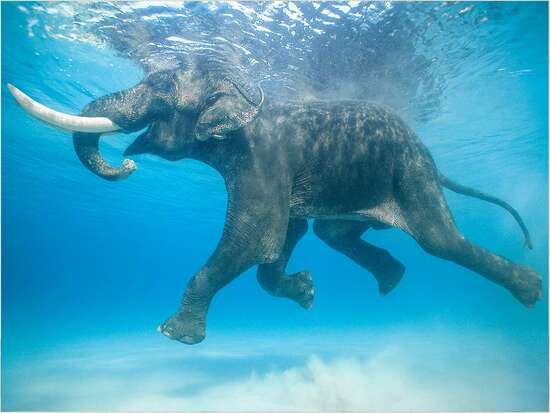
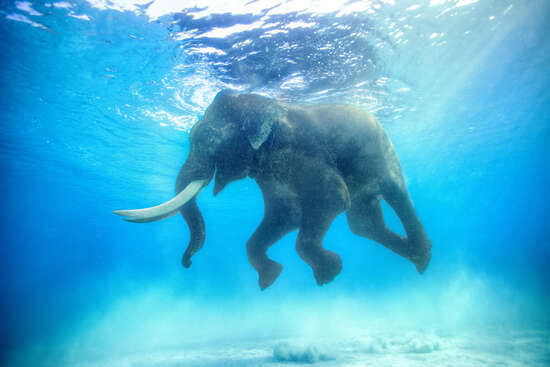
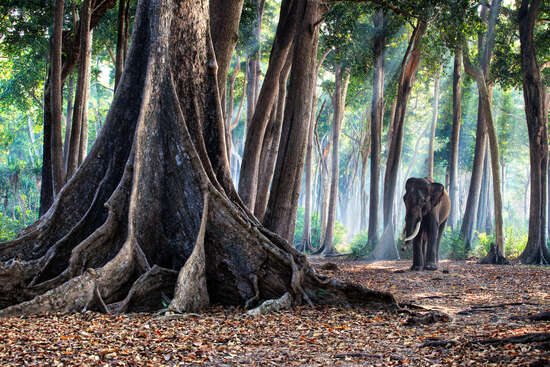
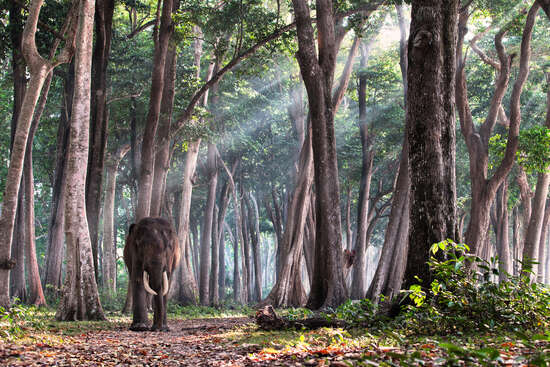
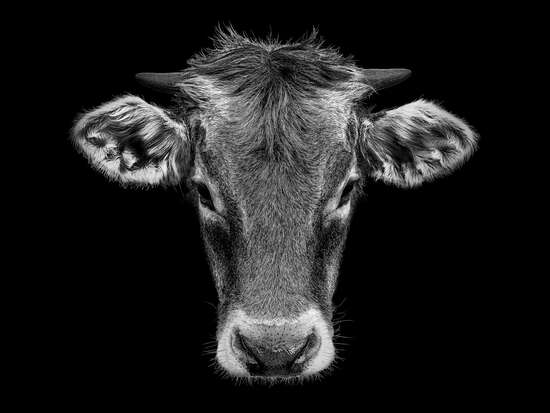
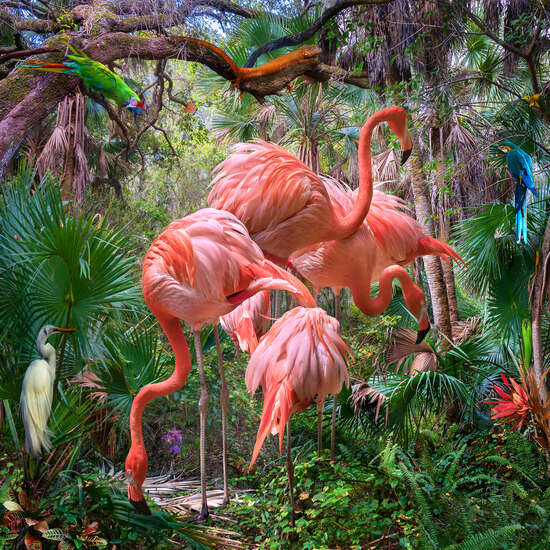
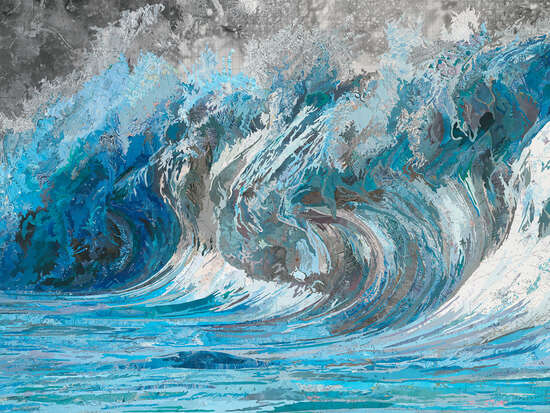

 Nein danke, ich möchte auf dieser Seite bleiben.
Nein danke, ich möchte auf dieser Seite bleiben. Ja, ich möchte wechseln.
Ja, ich möchte wechseln.